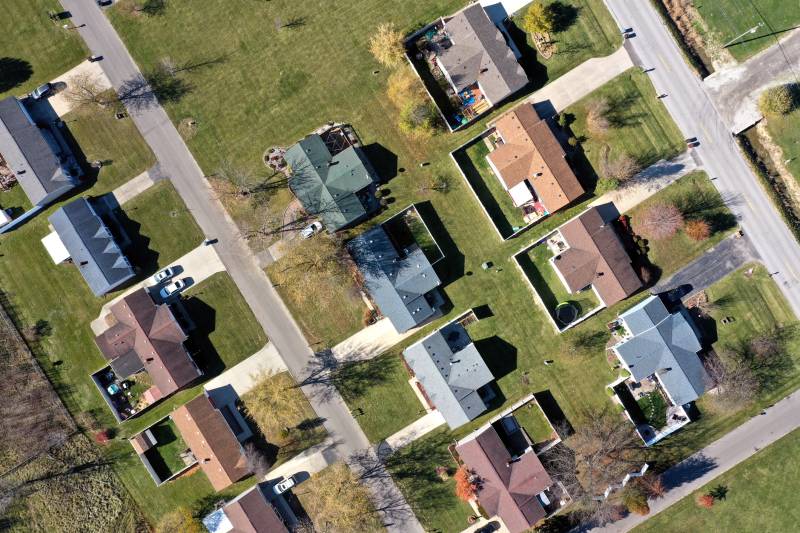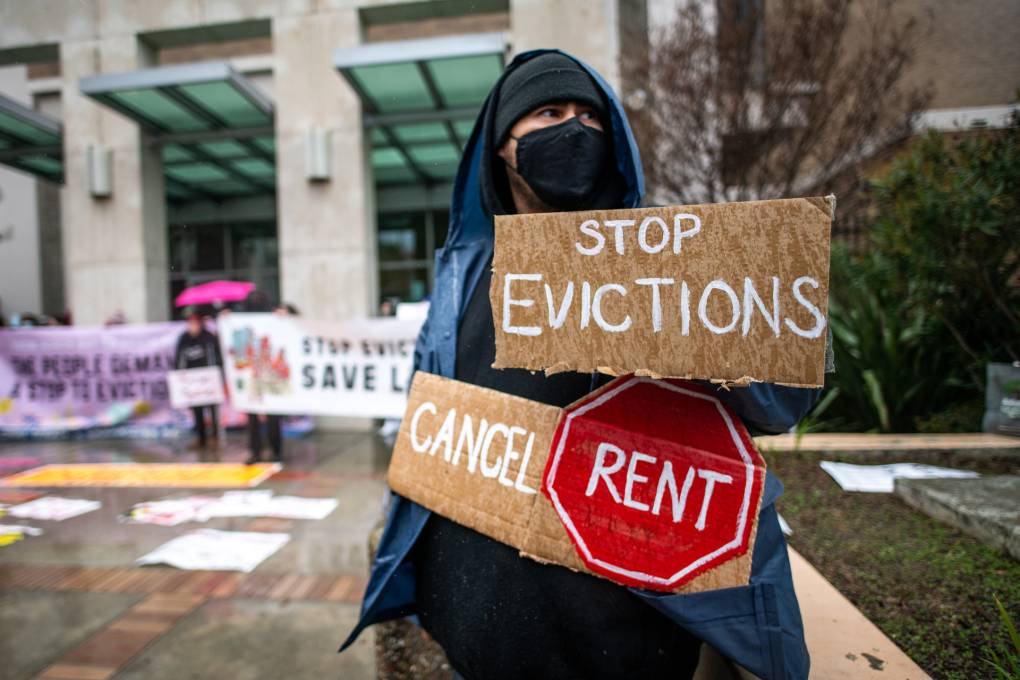At 11:59 p.m. on Saturday, April 29, Alameda County’s eviction moratorium expired.
This means that starting Sunday, April 30, tens of thousands of Alameda County residents must pay rent for the first time in three years.
The protections were established by Alameda County in 2020 as a way to protect renters from the financial fallout of the COVID-19 pandemic. But when Alameda ended the county’s public health emergency for COVID-19 on Feb. 28 (PDF), it also triggered the end of the moratorium.
Now, Alameda County housing officials are expecting evictions to spike to above pre-pandemic levels, to some 250–350 evictions per month — as landlords look to recoup back rent and evict tenants if they are unable to pay going forward.
Keep reading for what to know about the end of the eviction moratorium in Alameda County. For resources available to tenants and landlords in Alameda County, including free legal services for lower-income tenants and homeowners, visit Alameda County Housing Secure.
How will this eviction moratorium’s expiration affect people in Alameda County?
For their part, property owners say they plan to collect what they’re owed. A survey of landlords (PDF) conducted by the Alameda County Community Development Agency this spring found that 67% of respondents said they would pursue an eviction after the moratorium expired. Fifty-seven percent said they would pursue rent debt through small claims court.


